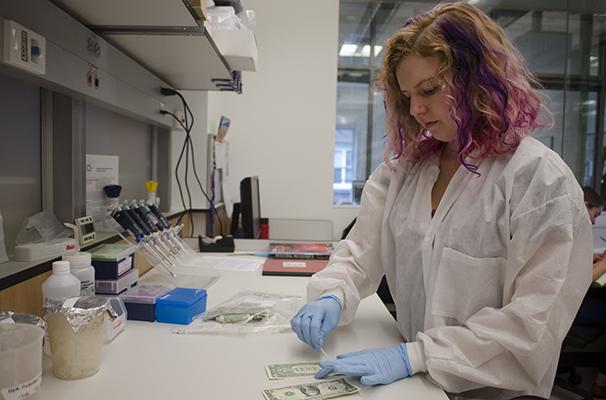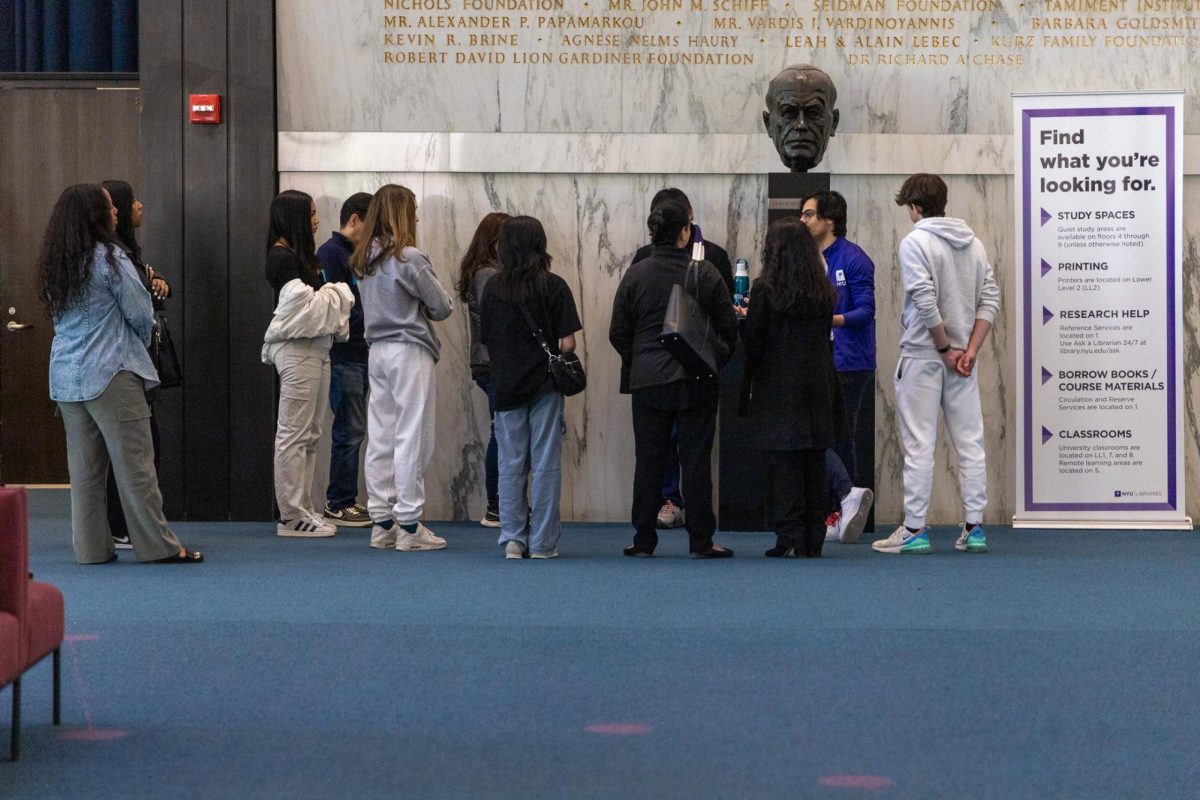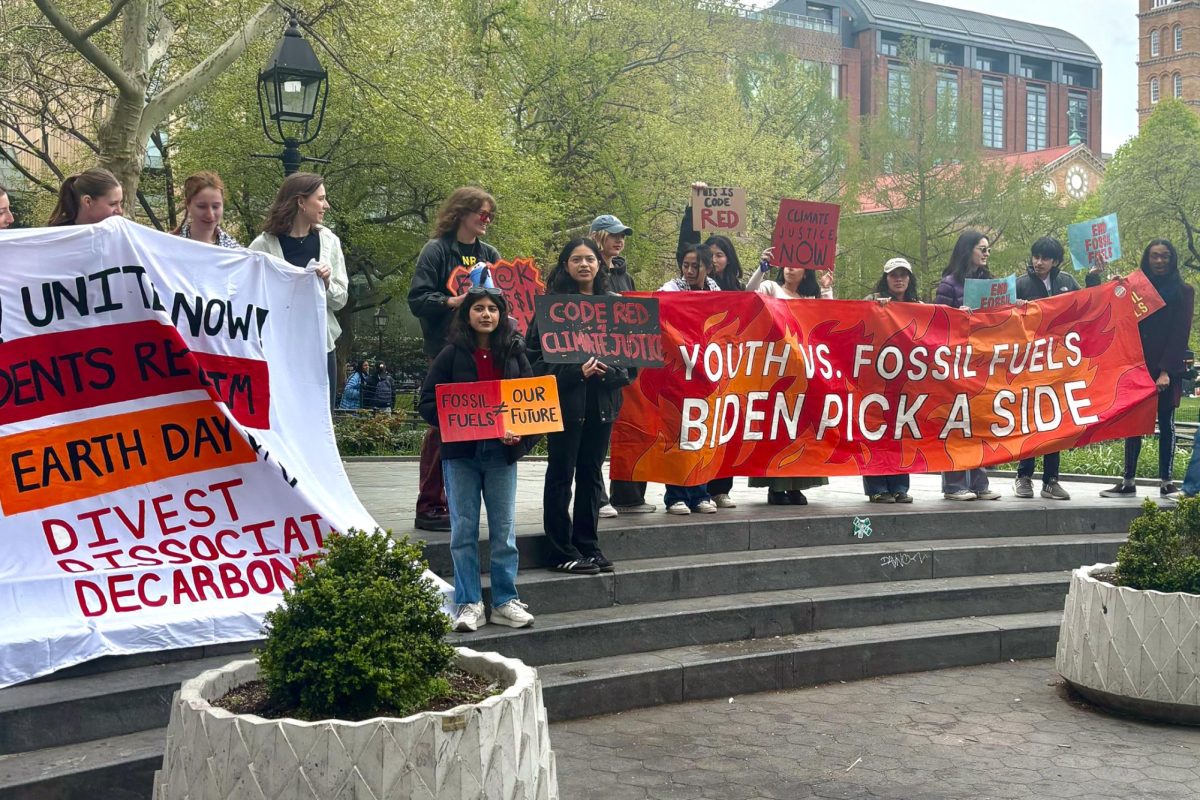Professor’s study finds microbes on dollars
April 29, 2014

A professor’s recent research project gives new meaning to the phrase dirty money.
Biology professor Jane Carlton’s project, known as the Dirty Money Project, revealed the presence of about 3,000 microbes on dollar bills.
The Dirty Money Project, funded by an NYU Grand Challenge grant, is part of a larger study called Mapping the NYC Metagenome.
The aim of the project is to characterize all New York City microbes by relying on novel DNA sequencing techniques and methods of analysis.
“We started the study by undertaking a pilot project looking at the microbes on $1 bills circulating in New York City so that we could develop the protocols and algorithms for analyzing the data,” Carlton said.
Researchers hypothesised that skin microbes would be found on the bills due to the contact between people and money. In addition, traces of oral and vaginal microbes were also discovered.
Marc Axelrod, professor of environmental health sciences at the University of California, Los Angeles, said although bacteria are on everyday objects, the research was still surprising.
“Since the microbiological world is invisible and not a main area of interest for many of us, we forget how populated and important it is,” Axelrod said.
Some of Carlton’s research found that bacteria with antibiotic resistant genes were on the bills and could potentially transfer their antibiotic resistance to people. However, not all the bacteria discovered were pathogenic — some were common microbes found on skin.
CAS freshman and pre-med student Peter Kyriakides said not all microbes should be feared.
“There is an overreaction [to] and emphasis on microbes and germs on everyday things we use,” Kyriakides said. “Germs are important to build our immune systems.”
Further research needs to be conducted to understand the role of money in the transmission of diseases, Axelrod said. Therefore, the results of the research are not yet cause for alarm.
“Bacteria [being] present is not the same as causing harm [and disease],” Axelrod said. “That would be a different experiment.”
Carlton said the Dirty Money Project would help study the patterns of diseases in New York City as researchers detect which microbes are on dollar bills at certain times.
“It might be feasible to use surveillance of circulating paper currency in New York City to track public health trends,” Carlton said.
CAS sophomore Aleah Halverson, a global public health major, said the study does not reveal anything new.
“It’s just confirming other studies and common intuition,” Halverson said. “Obviously money is going to be dirty and people shouldn’t be any more concerned than they were before.”
A version of this article appeared in the Tuesday, April 29 print edition. Caren Douiery is a staff writer. Email her at [email protected].














































































































































